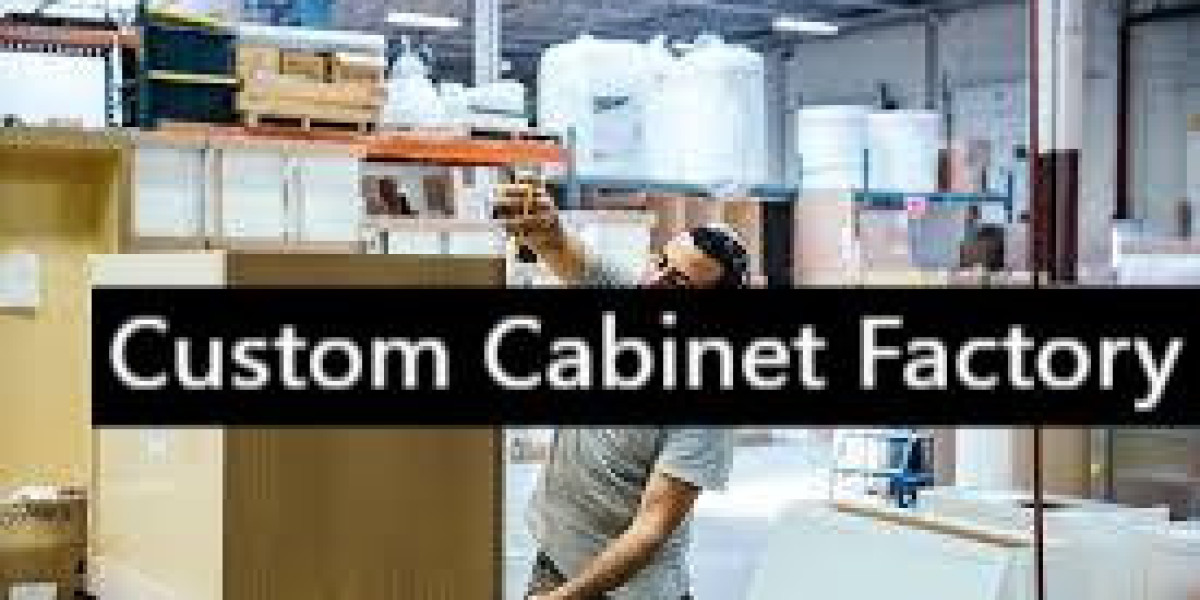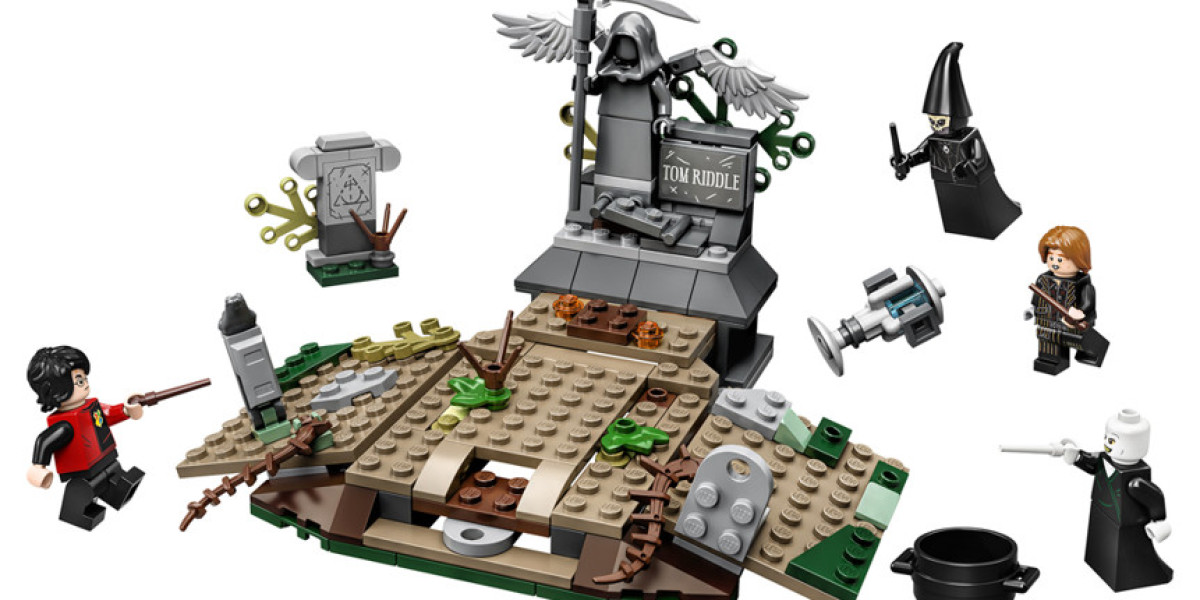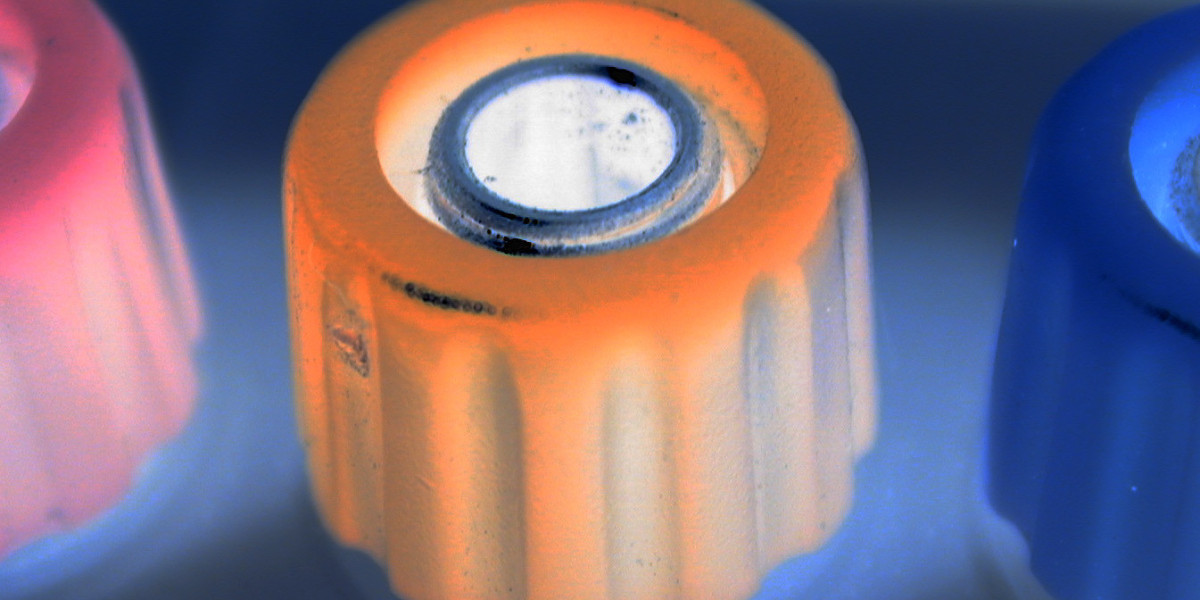In today’s bespoke furniture market, a well-managed Custom Cabinet Factory transforms architectural intent into beautifully finished storage solutions that blend function with style. Craftspeople in these workshops rely on precise joinery, material knowledge, and repeatable processes so that every client receives a tailored product that performs for years. From initial concept through to delivery, attention to detail at the production stage ensures that homeowners and designers get the perfect balance of aesthetics, durability, and usability.
Design Collaboration and Planning
Successful cabinet projects begin long before production. Early collaboration between designers, clients, and factory technicians clarifies dimensions, hardware preferences, and finish expectations. Mock-ups, 3D renderings, and sample boards help stakeholders validate color, grain, and edge detail. Clear documentation at this stage reduces change orders and accelerates production timelines while ensuring the final installation aligns with the original vision.
Materials, Joinery, and Construction Methods
Material selection drives both appearance and longevity. Solid hardwoods, plywood cores, and engineered veneers each offer distinct benefits for different budgets and performance needs. Modern production combines CNC precision cutting with traditional joinery techniques—dovetails, mortise-and-tenon, and box joints—to create assemblies that resist warping and sustain heavy use. Proper laminating, edge-banding, and finishing processes protect surfaces and enhance the tactile quality of each piece.
Haibodoor Design and Finishing Options
A factory that offers a wide range of finishing options empowers clients to specify bespoke looks: from matte lacquers and hand-rubbed oil finishes to textured laminates and painted surfaces. Hardware choices—soft-close hinges, concealed runners, and integrated handles—further refine the user experience. Offering coordinated interior accessories such as pull-out trays, spice racks, and drawer organizers elevates functionality and delivers a truly tailored storage solution.
Quality Assurance and Installation Best Practices
Robust quality checks at multiple stages prevent defects and ensure fit at installation. Dimensional inspection, hardware testing, and finish uniformity checks confirm that parts meet tolerance standards. During installation, careful site verification and professional mounting techniques prevent stress on cabinets and ensure level alignment. Post-installation walkthroughs with clients allow for minor adjustments and provide a final opportunity to confirm satisfaction.
Efficiency, Lead Times, and Cost Management
Efficient factories balance custom flexibility with production discipline to control lead times and costs. Batch processing, modular component kits, and standardized hardware packages reduce waste and speed up assembly without sacrificing individuality. Transparent quoting that separates materials, fabrication, and installation costs helps clients understand trade-offs and make informed decisions that align with budgets and scheduling needs.
Sustainability and Lifecycle Value
Sustainable practices increasingly matter to clients. Responsible factories prioritize certified wood, low-VOC finishes, and recyclable packaging. Designing for serviceability—replaceable drawer slides, accessible connection points, and easily refinished surfaces—extends the furniture lifecycle and reduces long-term environmental impact. Educating clients about care and maintenance also preserves appearance and function for decades.
Choosing the Right Supplier and Next Steps
Selecting a manufacturing partner requires evaluating not just portfolio quality, but capacity, communication, and after-sales support. Request references, visit production facilities when possible, and ask for documented quality procedures. A strong relationship between client, designer, and factory ensures that the initial concept survives the production process intact and that the delivered cabinets meet both aesthetic and functional expectations.For more information about custom cabinetry capabilities, finishes, and production options, visit https://www.haibodoor.com/








